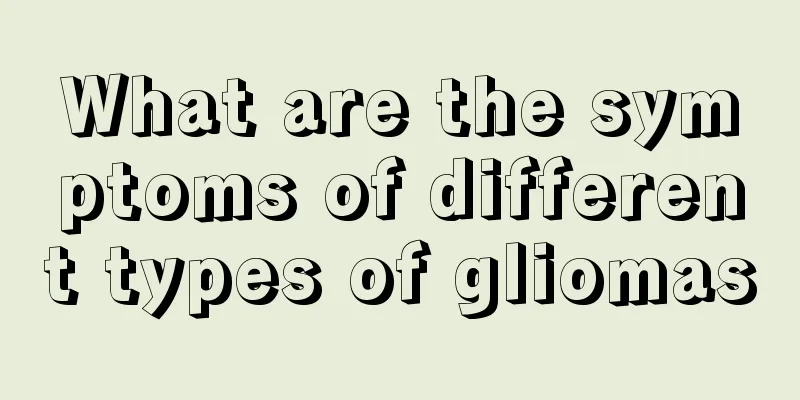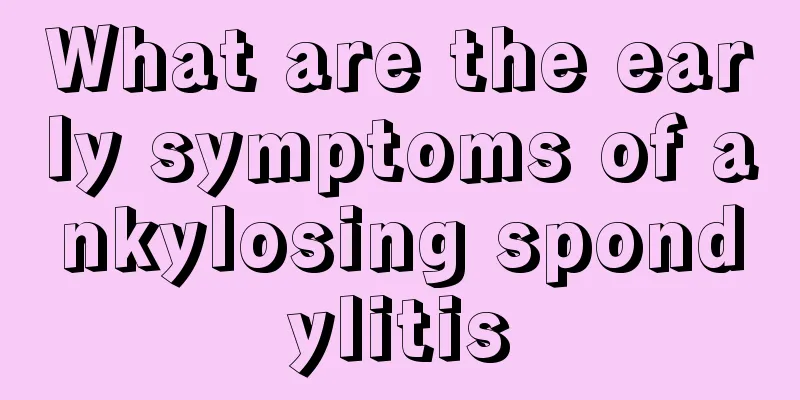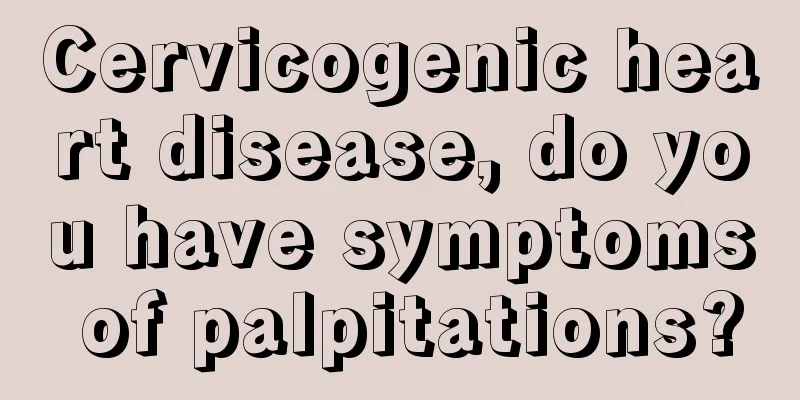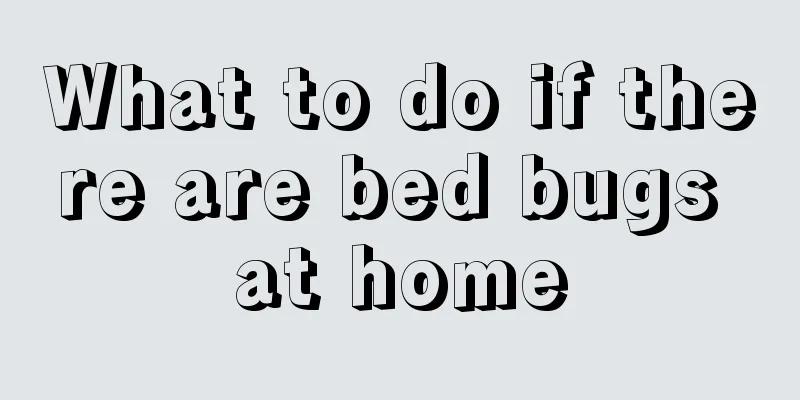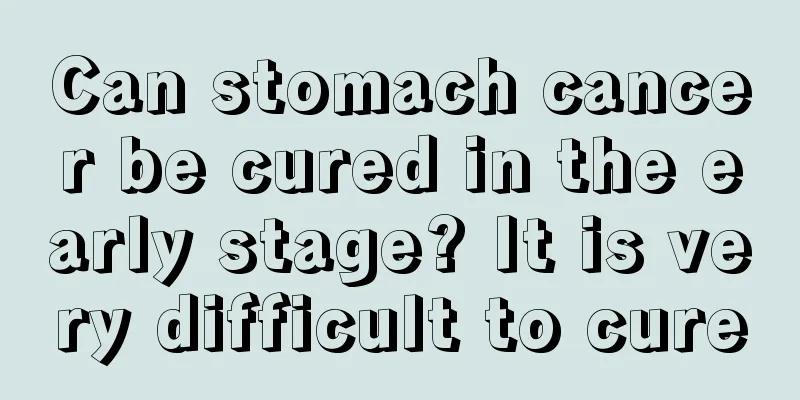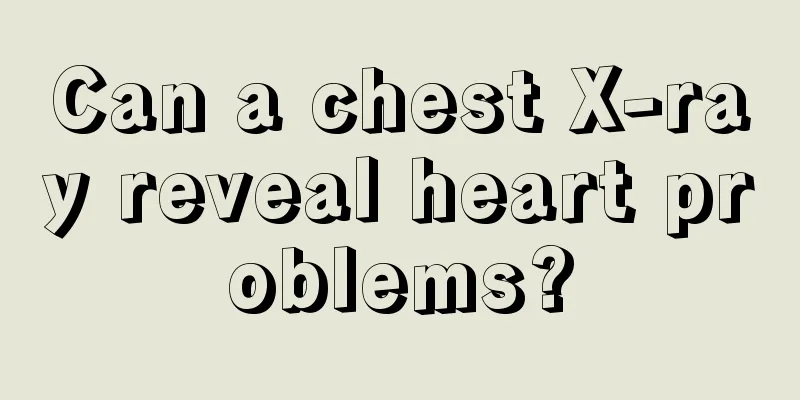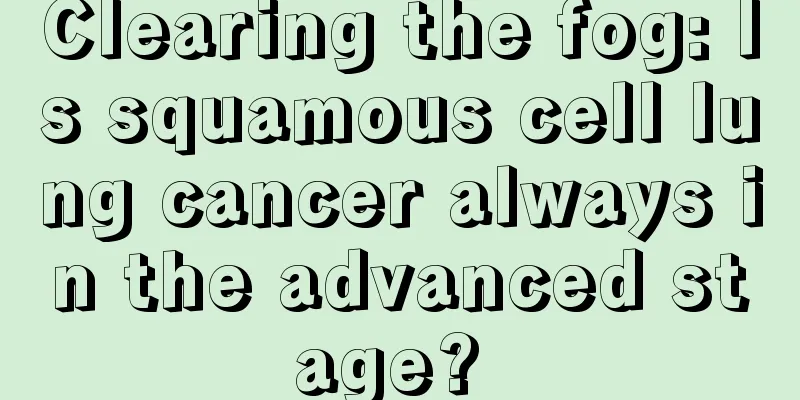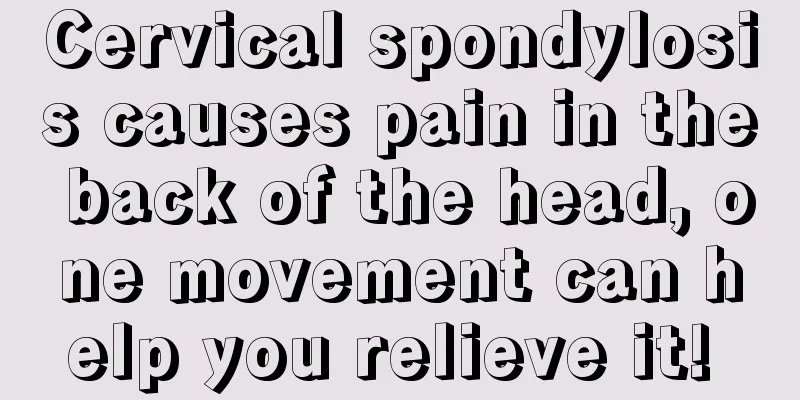Symptoms of esophageal cyst
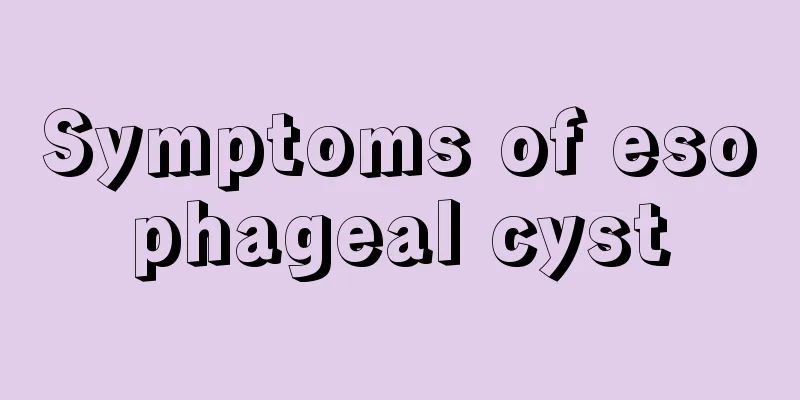
|
Esophageal cyst is a relatively common disease. It is mainly located in the middle mediastinum and is a cystic tumor. There are many causes, such as congenital embryonic malformation. It may also be related to mucosal irritation and hyperplasia. In recent years, this type of esophageal cyst is very common in clinical practice, especially among some adolescents. Let's take a look at its symptoms. Symptoms of esophageal cysts The clinical manifestations of esophageal cysts are related to the size and location of the cysts. A huge esophageal cyst can occupy one side of the chest cavity, compressing or blocking the airway, especially at the entrance of the chest cavity and the tracheal bifurcation, causing obvious symptoms of airway compression. Clinical manifestations include wheezing, dyspnea and recurrent respiratory tract infections. In severe cases, young children may experience extreme breathing difficulties, cyanosis, and even suffocation and death. When the cyst penetrates the trachea or bronchi, it may cause bronchiectasis or lung abscess. Another manifestation of esophageal cysts is symptoms of esophageal compression, such as difficulty swallowing, poor eating, reflux, vomiting, pain behind the sternum, and weight loss, which is more common in adult patients. Of course, small esophageal cysts may not have any symptoms, but a mediastinal shadow may be accidentally discovered on the chest X-ray during physical examination. Physical examination often fails to reveal any valuable signs. Treatment Once an esophageal cyst is diagnosed, it can be removed surgically. Because the outer wall of most esophageal cysts is smooth and the adhesion is not severe, they are easy to remove. When the cyst is tightly adhered to the trachea, bronchus, esophagus or aorta, and the cyst wall is well supplied with blood, it is difficult to remove it. The key to the operation is to remove the epithelium lining the cyst wall because it has a secretory function. As for the cyst wall, it may atrophy, adhere and fibrose later. If a child suffers from respiratory distress due to compression by a huge esophageal cyst in the mediastinum, emergency puncture decompression can be performed first, followed by secondary surgery to remove the cyst. Sometimes, the cyst is huge or there are certain complications, and it may be difficult to perform esophageal cyst removal surgery. At this time, no matter what method is used, care must be taken to avoid damaging the esophagus. The results of esophageal cyst resection are good and no recurrence has been observed, but there are individual reports of malignant transformation of mediastinal esophageal cysts. |
<<: Is esophageal diverticulum serious?
Recommend
Can I eat before fibroid surgery
Before fibroid surgery, patients usually need to ...
Be careful if you eat this, liver cancer will come to you. To avoid liver cancer, I will teach you the correct way to eat it
Sashimi is especially popular among Japanese peop...
What's wrong with feeling sleepy
Some people may feel sleepy and not in good spiri...
There are 4 most common ways to clean tattoos!
In order to seek excitement, some teenagers alway...
What should I do if my ears are itchy and painful?
Why do ears itch and hurt? The most common causes...
What are the early symptoms of lung cancer bone metastasis? There are two obvious symptoms of lung cancer bone metastasis in the early stage
What are the early symptoms of bone metastasis of...
What symptoms will patients with advanced lung cancer experience? The three most obvious symptoms of advanced lung cancer
Lung cancer itself will cause unprecedented harm ...
I feel itchy all over in winter
Winter is a cold season, and in winter everyone m...
How about laser spot removal
Most women start to have spots on their faces aft...
Which hospital is best for lung cancer treatment
Which hospital is best for treating lung cancer? ...
Yoga exercises for abdominal muscles
Yoga has a good effect on fitness, weight loss an...
What is the reason for continuous yawning?
Frequent yawning is usually caused by lack of sle...
What's wrong with swollen eyes
When we wake up in the morning, we will find that...
How terrible is teratoma during pregnancy
Teratomas originate from potentially multifunctio...
Probability of inheritance of muscular dystrophy
It is well known that humans have many genetic di...
